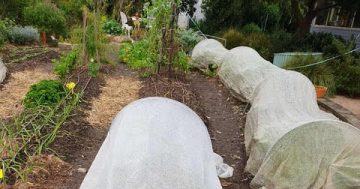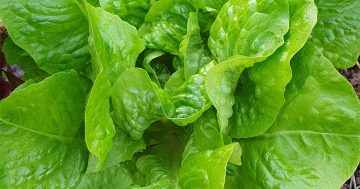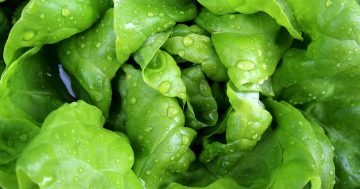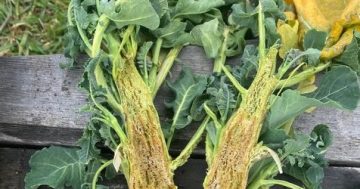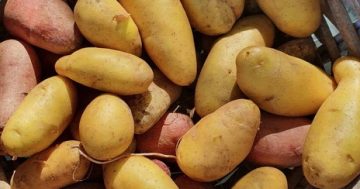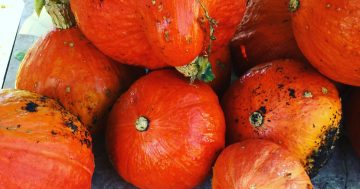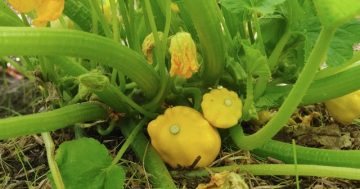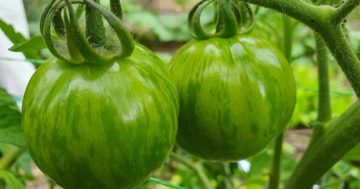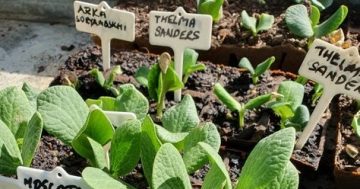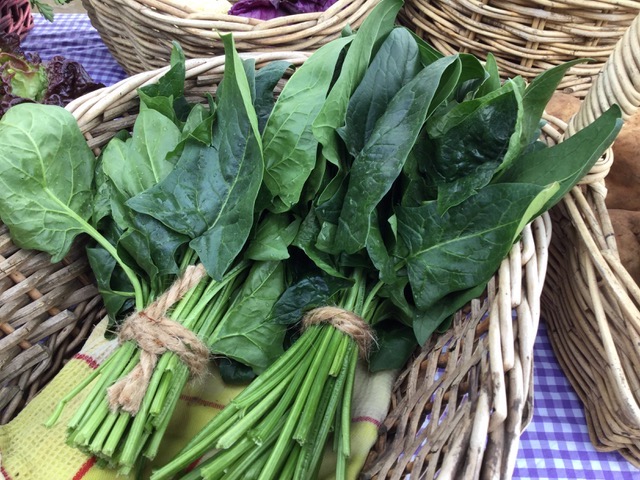
Leafy greens like spinach can still grow happily through water with a little care. Photo: Supplied.
Winter has started in all its glory with a bitterly cold snap. Growth will quickly slow down now in the vegetable garden. Soil temperatures around our region have dropped rapidly, and are now below 10° where seed germination virtually stops.
Seeds now will sit inactive in the ground and along with what is likely to be a wet winter, seeds sitting in the ground will start to rot. Wait until late winter or early spring to plant carrot, parsnip, turnips and swede seeds.
Climate experts suggest that over the next few months we’ll have lower daytime temperatures than usual, still more rain, warmer evenings but more overcast days. This might mean fewer frosts but then there will be some extra cold dull days.
Nothing in the garden is going to be very happy.
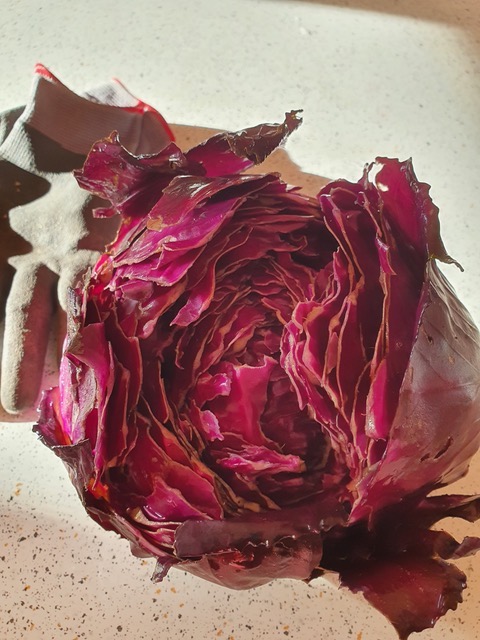
Crisp radicchio is more than a salad green, and can also be braised as a vegetable. Photo: Supplied.
Seedling planting can continue with Asian greens such as mibuna, mizuna and the choys. The large brassicas such as cauliflower, broccoli, cabbage and broccolini can also be planted now.
Kale is great to keep planting and will give you some lovely leaves to cook with in spring. There are a range of lettuces that grow well through winter including butter and cos, but it really depends on what seedlings are available through the usual retail outlets.
Local farmers’ markets or mixed markets often have seedling producers who are still selling, so do check with your local market manager. Leeks, beetroot and English spinach seedlings can also be planted out. English spinach is a great cold hardy vegetable.
While all these cold hardy vegetables will slowly grow through the winter, they will do best if planted under cover. We find that the soft leaved Asian greens, lettuces and English spinach tend to become tough with repeated frosts, but do have a better chance of remaining tender when undercover.
Cloche and fabric systems mitigate the impact of frost and enable steady growth, more so than if grown out in the open.
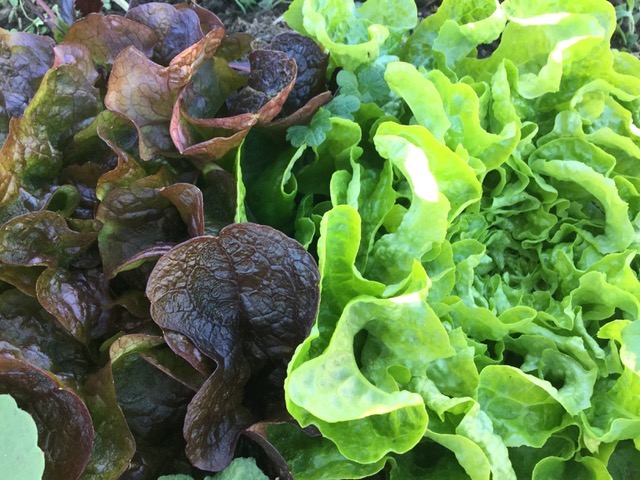
Successive lettuce planting will provide a steady supply of greens. Photo: Supplied.
You may not want to completely plant out your growing space right now and it’s probably good practice to cut back on outdoor work when we are facing some pretty cold and wet days in the months ahead.
The best way to protect soil and nourish beds you are not using during our harsh colder months is to keep the soil covered. One of the best ways to do this is with living matter.
Instead of clearing your harvested bed, why not let the weeds keep slowly growing to insulate the soil and reduce the damage done by frequent rain?
Cooling soil temperatures means it is too late to plant a winter green manure mix (pea, broad beans, and cereals such as oats or barley). Animal manure and compost can be used as bed coverings too. A top dressing of compost or manure (at least 4cm in depth) is a useful addition at this time of year.
Insulating mulches such as hay and straw may not be the best mulches to use when the soils are very wet and with the rain set to continue over a cold winter.
However autumn leaves are an excellent source of carbon and their shape and bulky nature means they are also very good at trapping air. This makes them a great cover for the winter garden and to insulate frost tender plants.
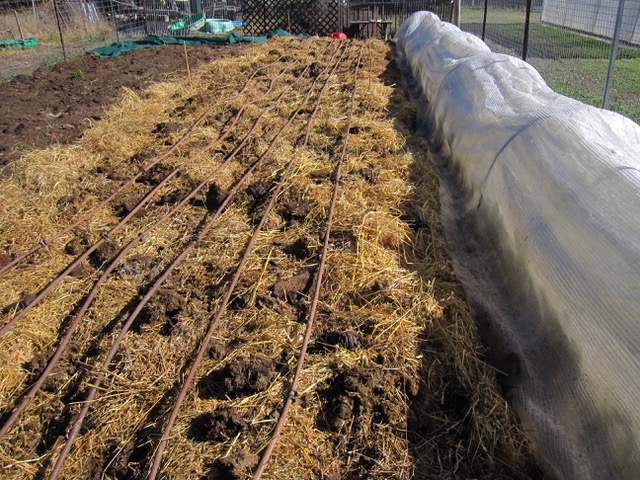
Mulch and covers can keep beds warm. Photo: Supplied.
They need to be piled up and not squashed down, as the air trapped in the bulky leaves is the key to autumn leaves being an effective winter mulch. They are also a great boost to the compost pile.
The continuing wet and very moist soils provide wonderful conditions for snails and slugs. The easiest organic control is chelated iron based pellets generously applied at ground level around plants and the tried and true hand removal of snails that are having a good munch high up on plant leaves.
We’ve noticed that as soon as you move any mulch or buckets or anything left in the garden, there are worms galore. It’s also a good idea to cover your compost through winter: a very wet compost pile will have a significant impact on microbial activity.
On a final note we interrupted a small group of cockatoos enjoying a perfect, ready to harvest red cabbage. It was the first time we have experienced veggie-eating cockatoos in the Wynlen House garden and, I hope, the last time. We gave them a loud and stern warning!
Bronwyn Richards and Helen Lynch run Wynlen House Artisan Village Farm and Learning Centre, a small village organic market garden in Braidwood, NSW. Since 2006 they have grown and sold fresh vegetables, eggs, preserves and garlic and teach others to do the same.












